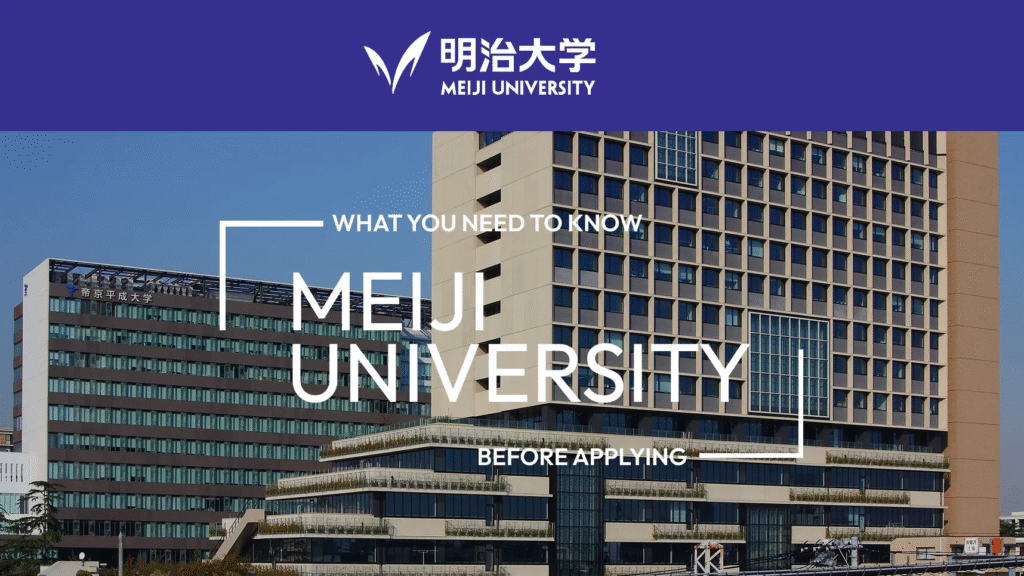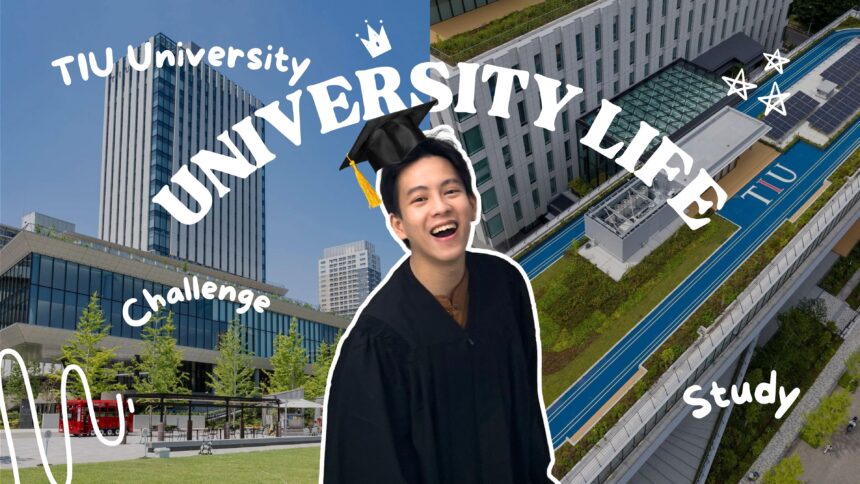Learning Japanese opens doors to study, work, travel, and culture in one of the most dynamic countries in the world. From mastering hiragana to holding fluent conversations, choosing the right study method can save you time, money, and frustration. This guide highlights the most effective ways to learn Japanese in 2025, balancing traditional study, online tools, and immersive experiences.
Language Schools in Japan
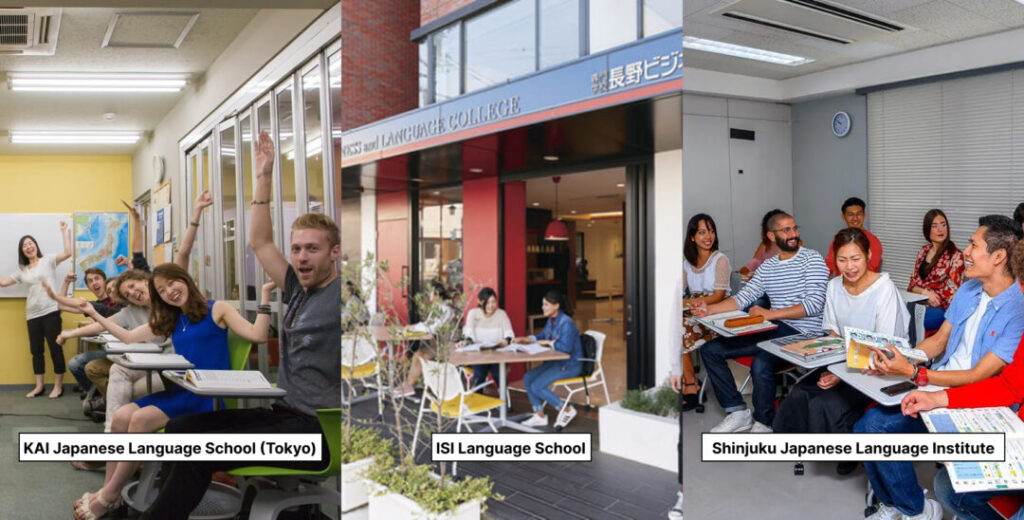
Enrolling in a Japanese language school is the fastest way to build strong foundations. Schools in Tokyo, Kyoto, and Osaka offer full-time programs designed for everyone from beginners to advanced learners. Daily classes focus on grammar, vocabulary, kanji, and conversation practice. Many schools also help with student visas, part-time job guidance, and cultural activities. While tuition can be expensive, the structured learning environment and professional teachers make this a worthwhile investment.
Top Choices:
- KAI Japanese Language School (Tokyo) – Known for small classes, digital learning tools, and strong JLPT preparation.
- ISI Language School (Kyoto, Tokyo, Nagano) – Offers flexible programs and university preparation courses.
- Shinjuku Japanese Language Institute (Tokyo) – Famous for its unique “Visual Learning Japanese” system and multicultural student body.
Read More
Online Japanese Courses
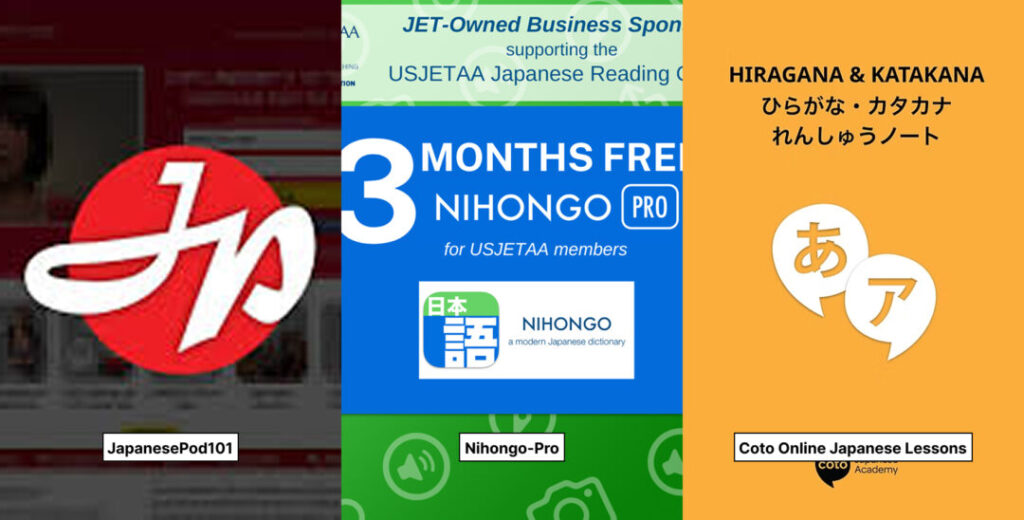
If you cannot move to Japan, structured online classes are the next best option. Unlike self-study apps, these courses often include live video lessons, interactive practice, and teacher feedback. Many offer small group sessions or private one-on-one classes, giving you the feel of a traditional language school without leaving home. They usually follow a clear curriculum that covers speaking, listening, reading, and writing, making them ideal for learners who want accountability and steady progress. While subscriptions are affordable compared to in-person schools, consistency and participation are key to success.
Top Choices:
- JapanesePod101 – Blends self-paced lessons with guided learning tracks, plus live practice for speaking and listening.
- Nihongo-Pro – Online school offering live lessons with professional Japanese teachers, including JLPT and business courses.
- Coto Online Japanese Lessons – Run by Tokyo’s Coto Academy, offering flexible private or group classes with native instructors.
Language Learning Apps

Apps have transformed self-study, making Japanese more accessible and flexible. They use gamification, spaced repetition, and interactive reading tools to keep learners motivated while reinforcing vocabulary, grammar, and kanji recognition. Apps are ideal for busy professionals, travelers, or students who want to practice daily, but they are most effective when combined with structured courses or speaking practice.
Top Choices:
- LingoDeer – Beginner-friendly app covering hiragana, katakana, and grammar basics. Great for building a solid foundation.
- WaniKani – Highly effective kanji-learning app using mnemonics and SRS to help you master thousands of characters.
- Satori Reader – Immersive reading app with native-level content, translations, and audio to strengthen comprehension.
Read More
Private Tutors and Online Lessons
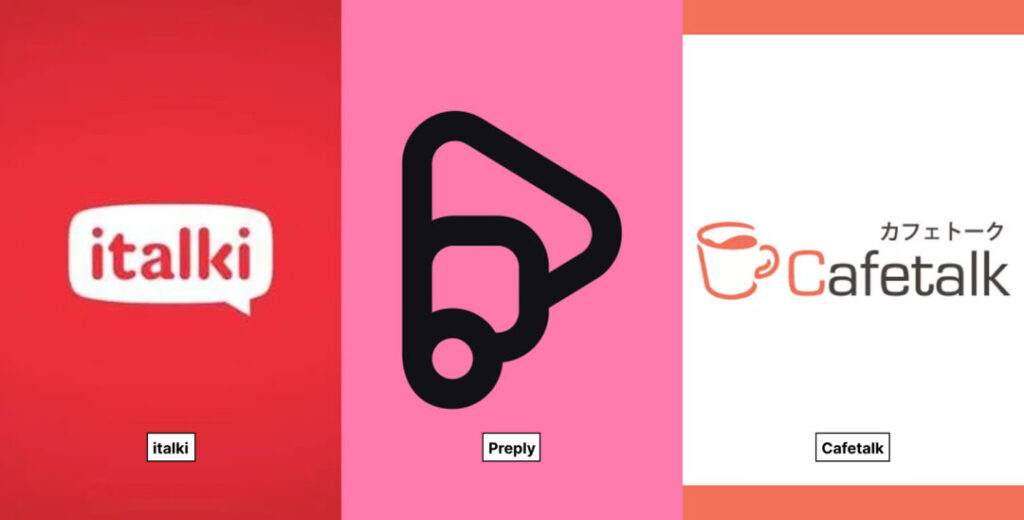
Hiring a private tutor, either in person or through platforms like italki, allows for personalized feedback and faster speaking improvement. Tutors can adapt lessons to your goals — whether you want to pass the JLPT exam, prepare for business meetings, or practice casual conversation. Online sessions are usually affordable and flexible, making them a strong option for learners who want accountability without committing to a full school program.
Top Choices:
- italki – Connects you with thousands of Japanese tutors for affordable one-on-one lessons.
- Preply – Flexible platform with structured tutor profiles and trial lessons.
- Cafetalk – Japanese based tutoring service offering both conversation and JLPT prep with native teachers.
Immersion Through Culture

Nothing beats learning Japanese by living the language. Watching Japanese dramas, listening to J-pop, reading manga, and playing games in Japanese expose you to natural expressions and slang. Even learning how locals use casual words, from sugoi (awesome) to stronger slang you might hear in anime, helps deepen cultural understanding. Pairing study with immersion makes the language stick faster and gives context to what you learn in textbooks.
Top Choices:
- Netflix Japan Library – Wide range of dramas and anime with Japanese subtitles.
- NHK Easy News – Simplified Japanese articles for learners at an intermediate level.
- Crunchyroll – Anime platform perfect for hearing conversational Japanese.
Study Abroad and Exchange Programs

For students considering long-term study, exchange programs through universities or government-sponsored scholarships provide intensive Japanese learning plus cultural experiences. These programs often include homestays, which push you to practice daily conversation and pick up real-world vocabulary. Though competitive, they are one of the most rewarding paths to fluency.
Top Choices:
- MEXT Scholarship (Monbukagakusho) – Government-funded scholarship for foreign students.
- CIEE Study Abroad Programs – University exchanges and cultural immersion courses across Japan.
- Temple University Japan Campus – Offers degree programs and intensive Japanese courses for international students.
Which Method is Best For Learning Japanese?
The best way to learn Japanese depends on your goals and budget. For learners who want fast progress and cultural immersion, language schools in Japan provide the most structured path. If flexibility is your priority, online courses and apps make it possible to study at your own pace. For those focused on speaking fluency, private tutors and cultural immersion are the most effective. In practice, the most effective approach is often a mix, combining structured lessons with daily immersion and using technology to fill the gaps.




